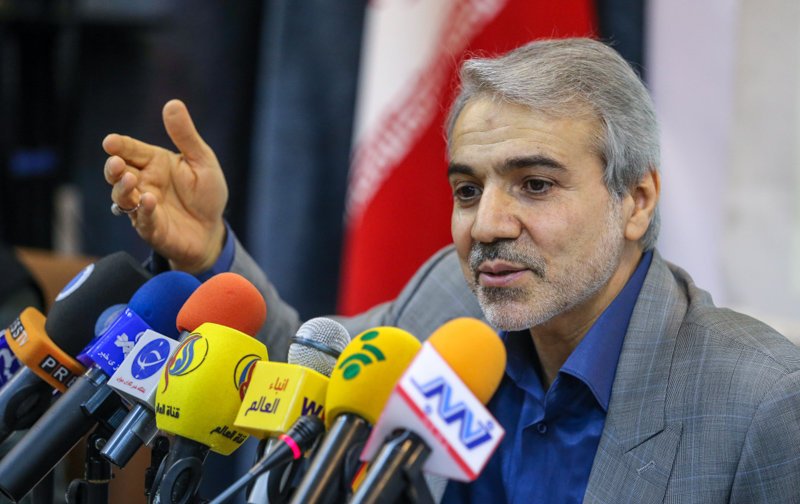The government is taking steps to ensure that commodity prices will not increase next year (starting March 21, 2015), said Mohammad Bagher Nobakht, vice president for strategic planning and supervision, on Monday night.
“The Management and Planning Organization (MPO) is tasked with providing manufacturing units with bank guarantees in the coming year,” Nobakht said in a live televised program.
The Management and Planning Organization, formerly known as the Plan and Budget Organization, was annulled during the previous administration. The body was in charge of evaluating the country’s resources and preparing medium and long-term development plans as well as budget bills. At present, the vice presidency for strategic planning and supervision plays the MPO’s role.
Nobakht said that 52 trillion rials out of the government’s 480-trillion-rial revenue earned through the Subsidy Reform Plan is to be allocated to the manufacturing units in the form of cheap loans, Nobakht said, without providing further details on lending interest rates or eligibility requirements for loan-seekers.
Although it is still unclear how the cheap loans are going to affect the prices, it can be inferred that the move is aimed at offsetting the possible losses that manufactures could sustain in the production process.
The lending interest rates in Iran vary significantly depending on the banks providing the loans as well as the type of loans.
Investment
Elsewhere during the televised program, Nobakht touched on the issue of investment and said: “Investment has increased by 20% compared with last year.” He praised the government’s performance despite economic difficulties created as a result of western sanctions and falling oil prices.
Oil sales account for around one third of the government’s total revenue.
Unemployment
Describing youth unemployment as the “government’s biggest concern,” Nobakht said, “10 trillion rials will be allocated to creating jobs for the youth next year, which we hope will partly solve the unemployment problem.”
According to the latest data released by the Statistical Center of Iran, the number of unemployed youth under 30 has dropped from 1.7 million to 1.4 million since last year. Despite such a considerable reduction, the issue of youth unemployment is still assessed as critical.
Around 4 million would-be university graduates are set to join the job market in the next few years. Economists warn that this is considered one of the major challenges facing the country.
The employment ratio in Iran is very low, standing at about 25%, which means one-fourth of the population is out of job.


